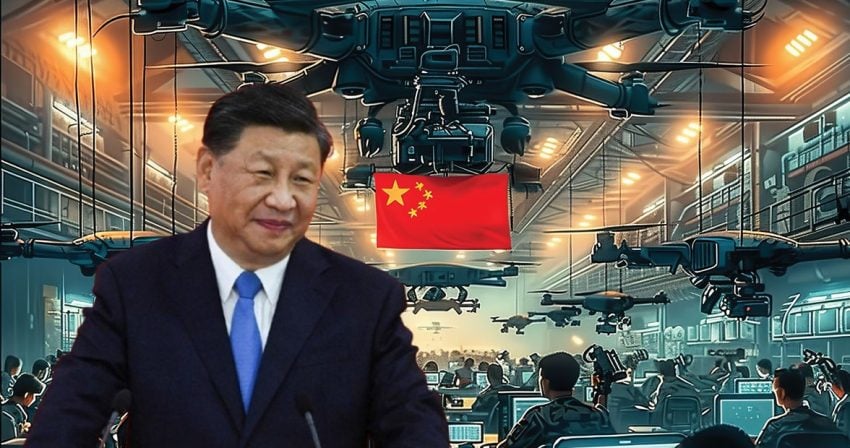BEIJING – China leaders gather in country’s capital to chart country’s next Five-Year Plan (2026–2030), a roadmap that could reshape not just China, but the global economy. Decisions made in these annual meetings, called plenums, might seem like bureaucrats in suits shaking hands. But it tells a different story as China’s Five-Year Plans have repeatedly shifted industries, jobs, and global power.
Chinese leaders are gathering in Beijing this week to outline the country’s priorities for the remainder of the decade, setting the stage for the next Five-Year Plan (2026–2030) that will guide the world’s second-largest economy.
The plan will be partially previewed during the ongoing plenum of the Chinese Communist Party’s Central Committee. Analysts say these plans serve as a roadmap for China’s economic and technological ambitions, mobilizing state resources toward national objectives.
The Five-Year Plans have repeatedly reshaped the global economy. 1981–1984 plan introduced reforms and opening up, establishing Special Economic Zones and attracting foreign investment. This move transformed China into the “world’s factory,” shifting millions of manufacturing jobs from the US and Europe to China.
2011–2015 plan focused on strategic emerging industries, including green technologies like electric vehicles and solar energy. By investing heavily in these sectors, China became a global leader not only in renewable energy but also in rare minerals essential for high-tech production and artificial intelligence.
Most recently, 2021–2025 plan, under Xi Jinping, prioritized high-quality development to challenge U.S. technological dominance. Homegrown successes such as TikTok, Huawei, and AI systems demonstrate China’s rapid technological progress. However, Western nations increasingly view this as a national security concern, leading to sanctions and trade restrictions.
The upcoming 2026–2030 plan will stress self-reliance in advanced technology, from semiconductor manufacturing to AI, ensuring Beijing remains resilient against external pressures. China’s National security and technological autonomy is rooted in country’s nationalist and communist foundations.














